16 Dec Sports Science for K-12 Schools: Nerf Ball Edition
ESPN aficionados know about Sports Science, a segment during which sports-related physics concepts are explained to viewers. Educational, light, and highly entertaining, John Brenkus narrates the video clips using a mixture of game footage and lab tests involving popular athletes.
Sports Science begins with a provocative question like, “Is Drew Brees more accurate than an Olympic archer firing an arrow at a bullseye?” Brenkus then answers the question by scientifically analyzing physical mechanics with probes and sensors.
I don’t know for certain, but I imagine that the technology involved is both expensive and complex. It’s got to be pricey to strap sensors to footballs in order to measure Drew Brees’s ball spin and velocity, right? Plus, a person needs to know how to gather all of the collected data, interpret what it means, and translate the information into something that is discernible by a layperson.
There’s no way Sports Science could be replicated in an elementary classroom by a K-12 teacher without extensive help and support.
Wrong. Not with a PocketLab.
Compact and rugged, PocketLab ($100) is a small plastic box that contains an accelerometer, gyroscope, magnetometer, pressure sensor, and thermometer. All of these measuring tools are packed in a gum-sized plastic shell along with Bluetooth wireless transmitter. It quickly connects to mobile devices, and it maps both video and logged data in clear graphs.
What does this mean? It’s fairly easy to measure the acceleration and velocity of someone jumping, running, or falling. If the PocketLab is inside of a football or soccer ball, you could even see what happens during a sporting event. Just like John Brenkus.
The rest of this post covers how I made Sports Science balls for under $130 and less than an hour. In the end, I was able to quickly and easily analyze the acceleration of a thrown soccer ball for students to explore and analyze. Just like this:
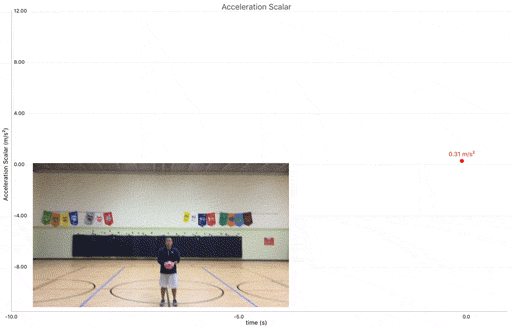
One Nerf soccer ball. One Nerf football. A PocketLab. Mix these three with a little engineering “elbow grease” and teachers can connect relatively abstract physics concepts to everyday activities. It’s simple to recreate Sports Science in a K-12 classroom on a budget. And fun, too.
Step
Gather Materials
- PocketLab – $100
- Nerf Soccer Ball – $12
- Nerf Football – $8
- Rubber Bands (7″ x 5/8″) – $10
- Band Saw or Saw
- Scissors or Snipping Tool
- Pencil, Sharpie, & Highlighter
Step
Halve Nerf Balls
Cut the balls in half. A band saw makes a very clean cut, but a hand saw is an affordable alternative. However, using a hand saw might result in jagged edges and torn foam.
Step
Sketch Outline of PocketLab
Mark the outside of each half with a Sharpie so that you can align the two halves in Steps 6 and 9.
Put one half of the ball in a vise or some other secure device. Eyeball the center, place the PocketLab at the ball’s core, and use a pencil to lightly outline the edges of the PocketLab on the foam.
Step
Remove Nerf Foam From Ball Half
Using scissors and fingers, remove the foam within the pencil outline made in Step 3. Make sure that you do not touch the pencil outline as you pull chunks from the ball- this will ensure a snug fit inside of the finished product.
Depth matters! Shave/cut only part of the height of the PocketLab. The other ball half will compensate for the PocketLab’s remaining volume. A Dremel might make it easier to remove the foam.
Step
Highlight PocketLab Edges
Highlight the edges of the PocketLab as it sits in the hole made from Step 4. The highlighting serves as a removable mark that will transfer to the untouched half in Step 6.
Step
Align Halves & Press
With the PocketLab sitting in the hole made in Step 4, align both halves using the Sharpie mark and squeeze. This will transfer the highlighting from the PocketLab to the untouched half.
Step
Remove Nerf Foam From Second Half
Like Step 4, remove the foam within the highlighted outline using scissors and your fingers. Don’t clear away any foam outside of the highlighted border, and only go as deep as is necessary to account for half of the PocketLab’s volume.
Step
Power, Pair, & Enclose
Before enclosing the ball with rubber bands, turn on the PocketLab and pair it with a mobile device using the free iOS app. It’s difficult (if not impossible) to pair the PocketLab with a mobile device when it’s inside of a Nerf ball.
Place the powered/paired unit into the hole in the ball, align the two halves, and wrap the ball with rubber bands. Four to six rubber bands usually suffice for moderate-heavy activities.
Step
Throw, Kick, & Analyze
The final step is to use the “sport science” balls. Throw it, kick it, roll it, or play a game to see the physics and mathematics underlying ball movement.
You can also use the PocketLab without a ball for examining everyday PE activities like running or jumping.
References
Alliance Advantage rubber band size #107. Retrieved December 14, 2015, from http://amzn.to/1I3xoPU
Prindle, D. (2015, March 22). Awesome tech you can’t buy yet: E ink high heels, a pain-relieving wearable. Retrieved December 13, 2015, from http://www.digitaltrends.com/cool-tech/awesome-tech-you-cant-buy-yet-pocketlab-quell-and-more/


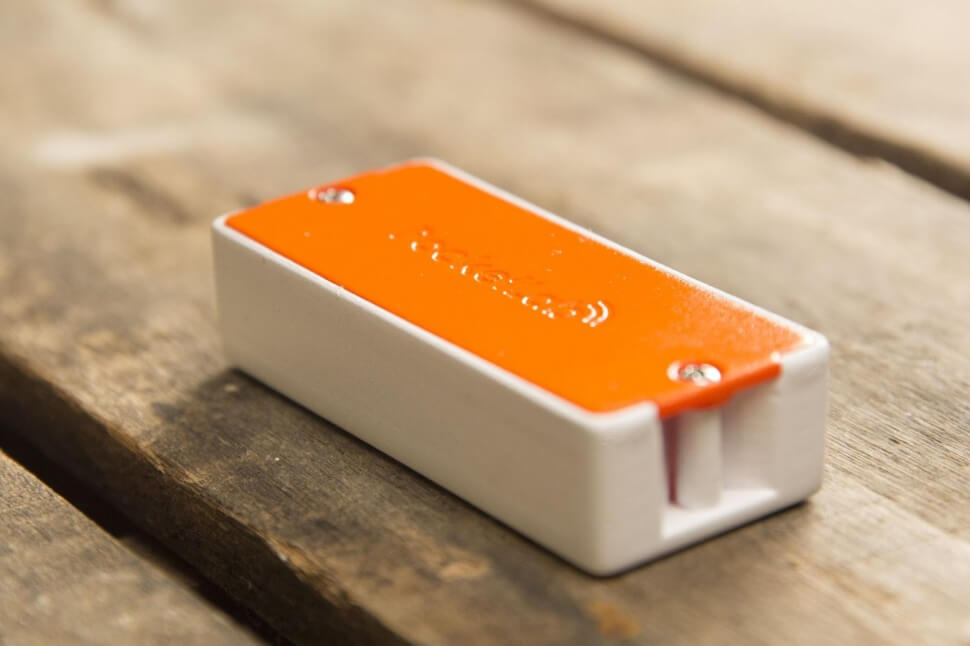
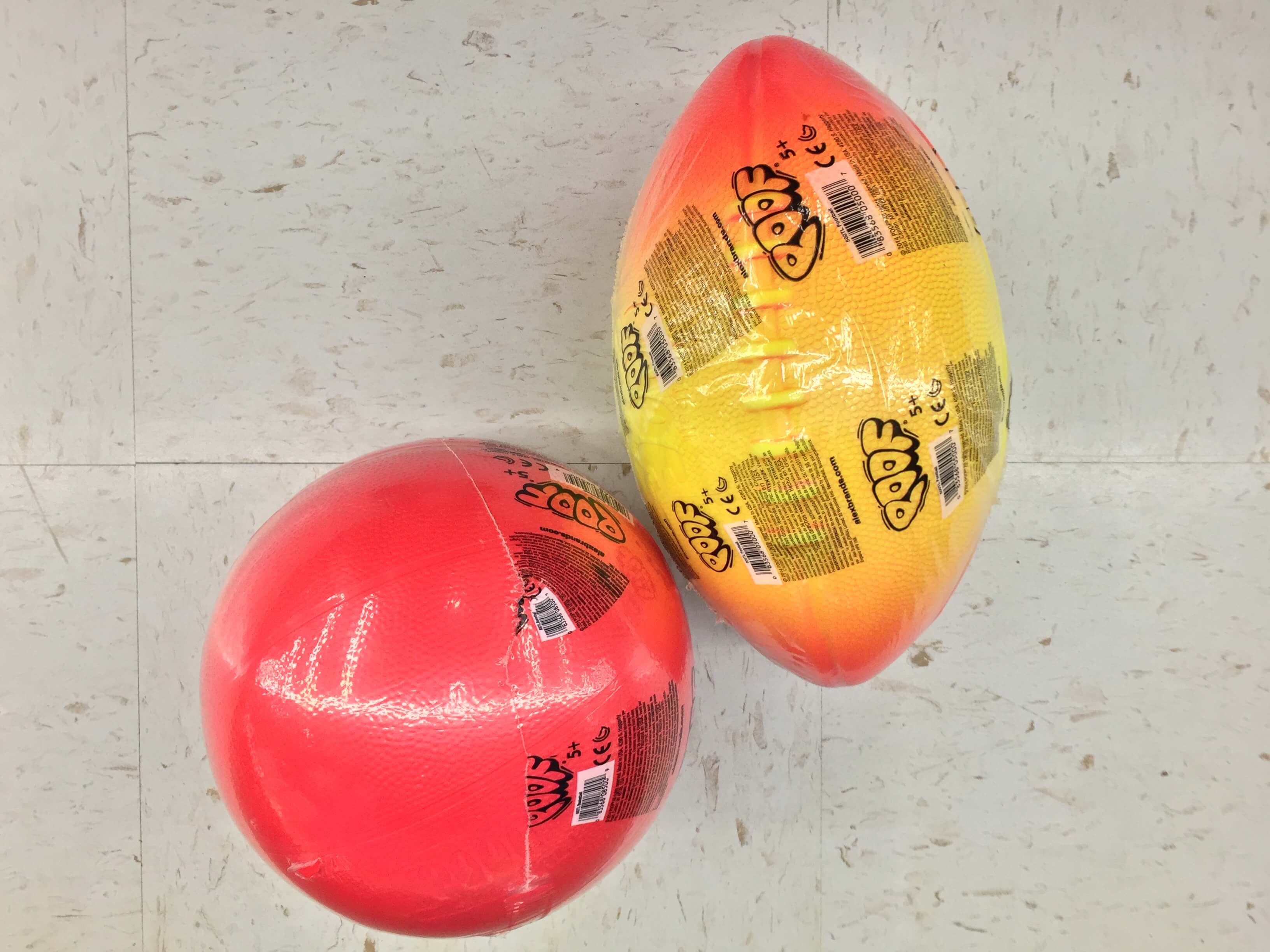
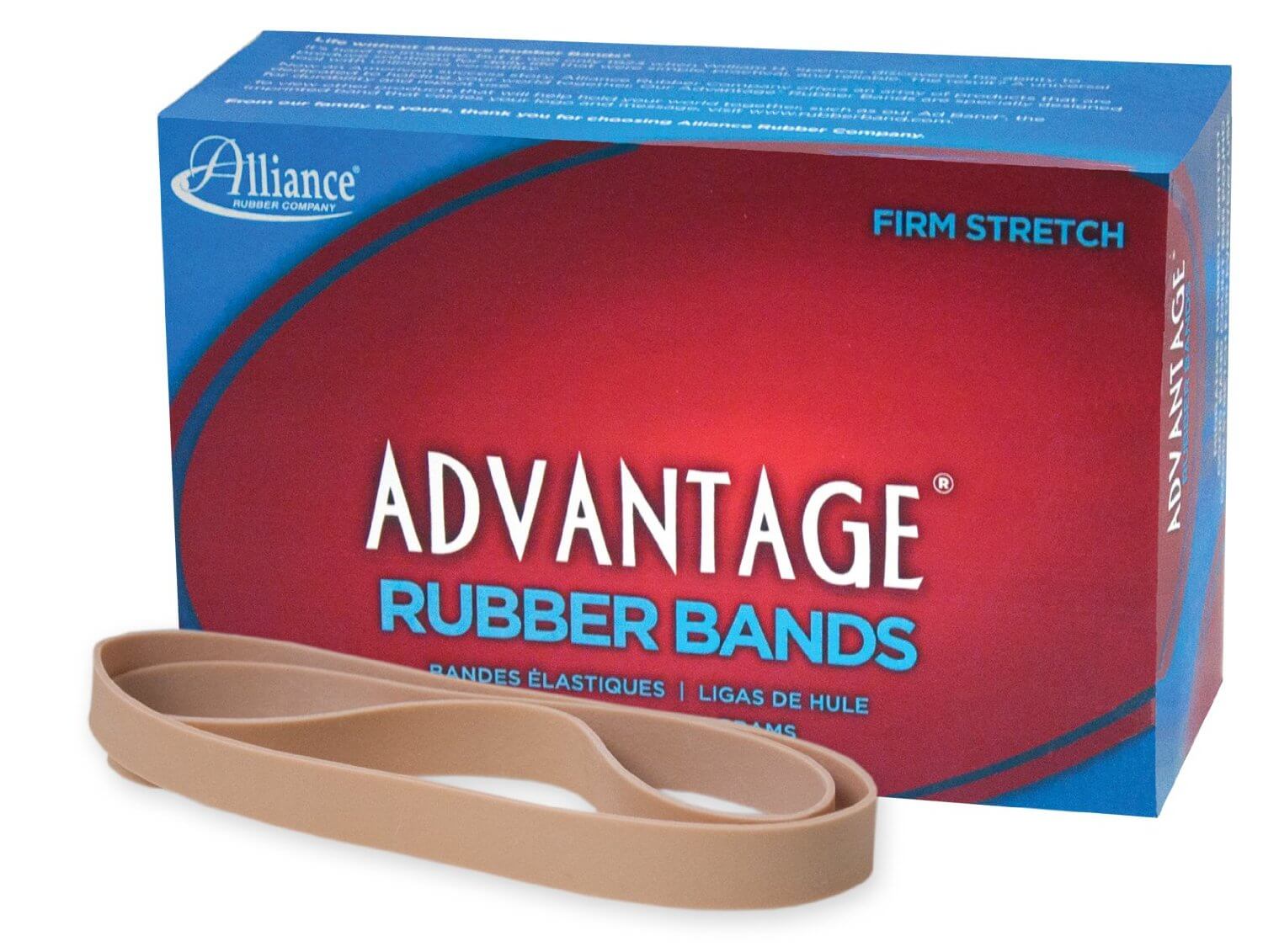
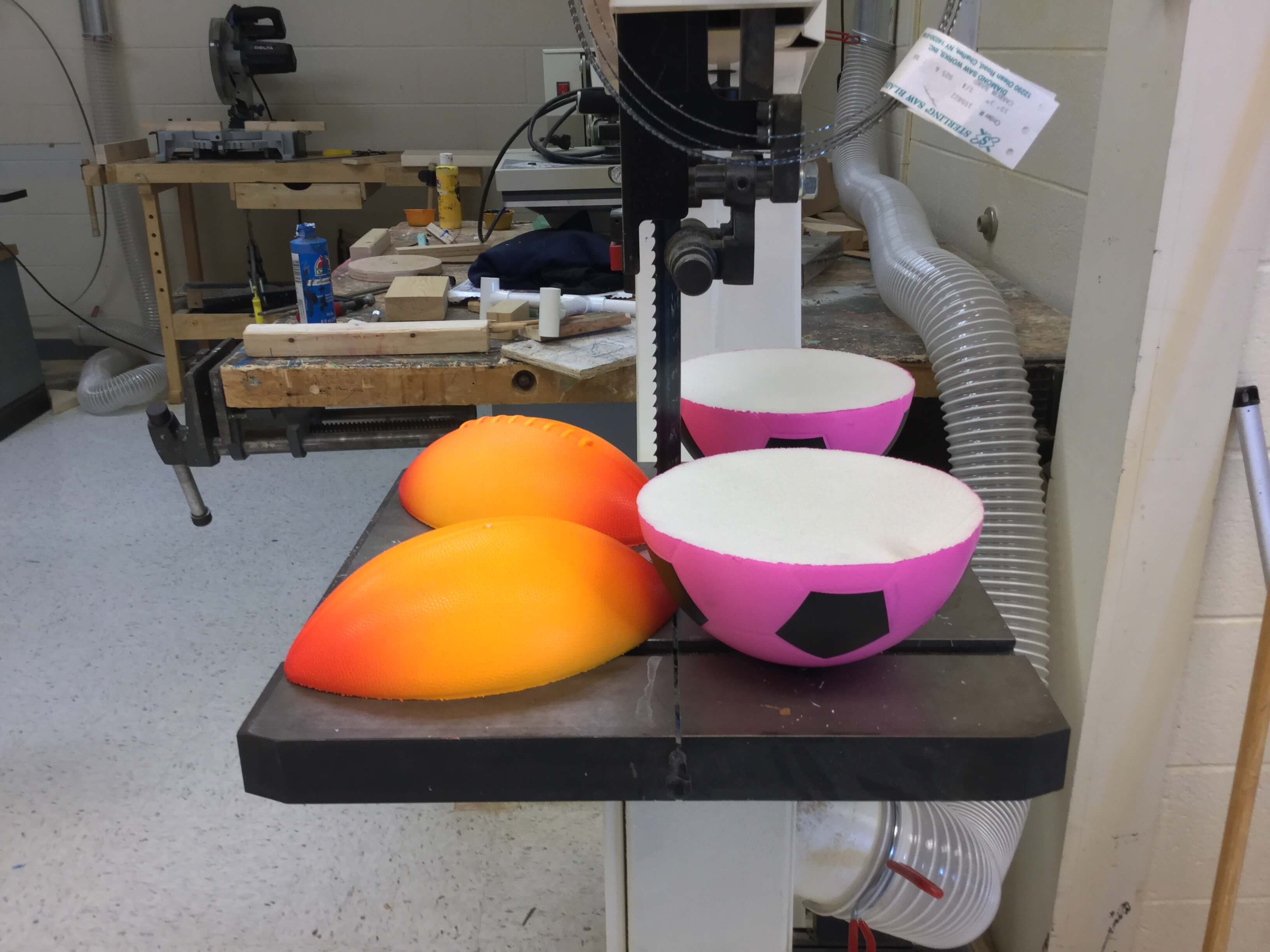
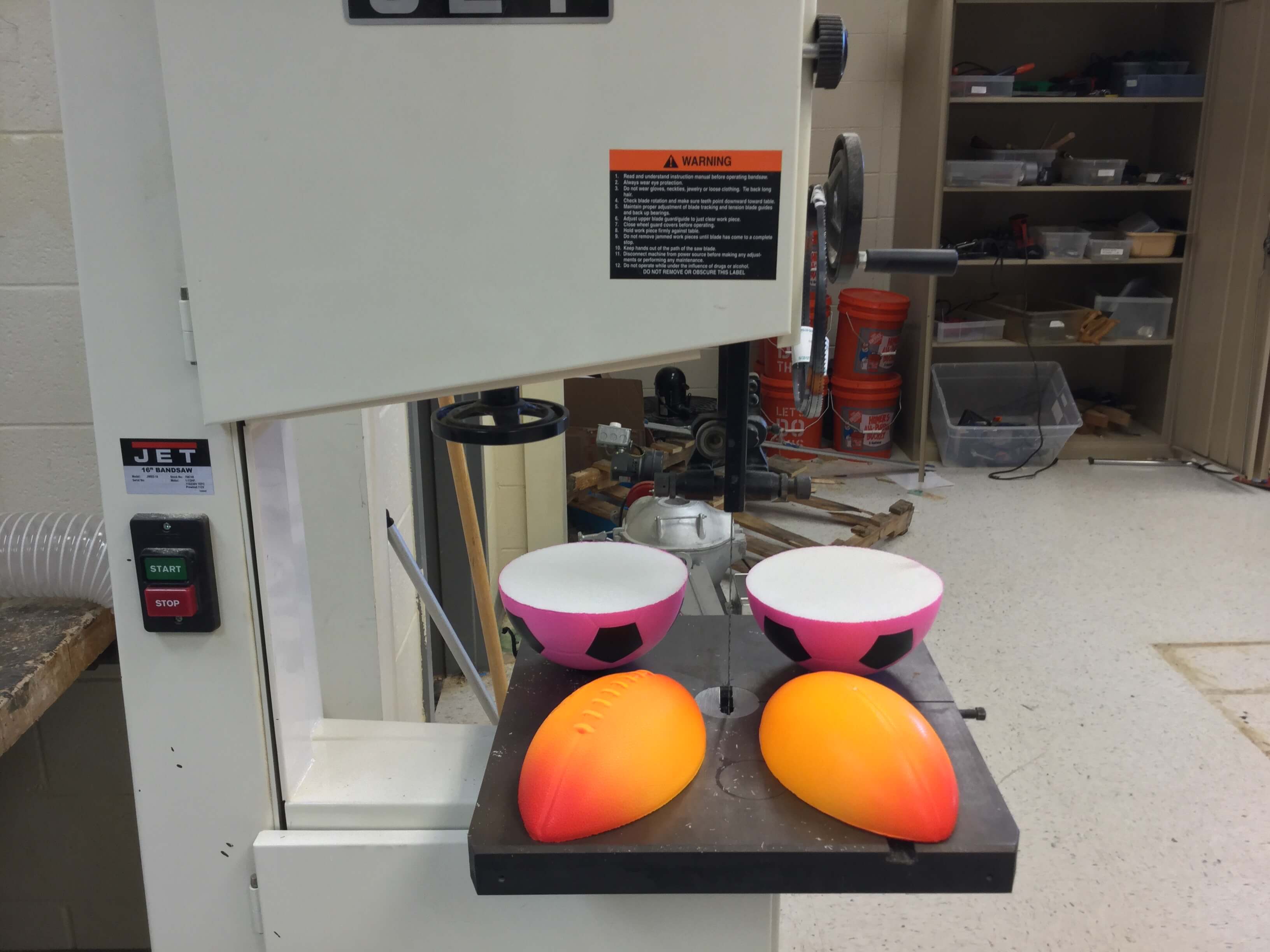
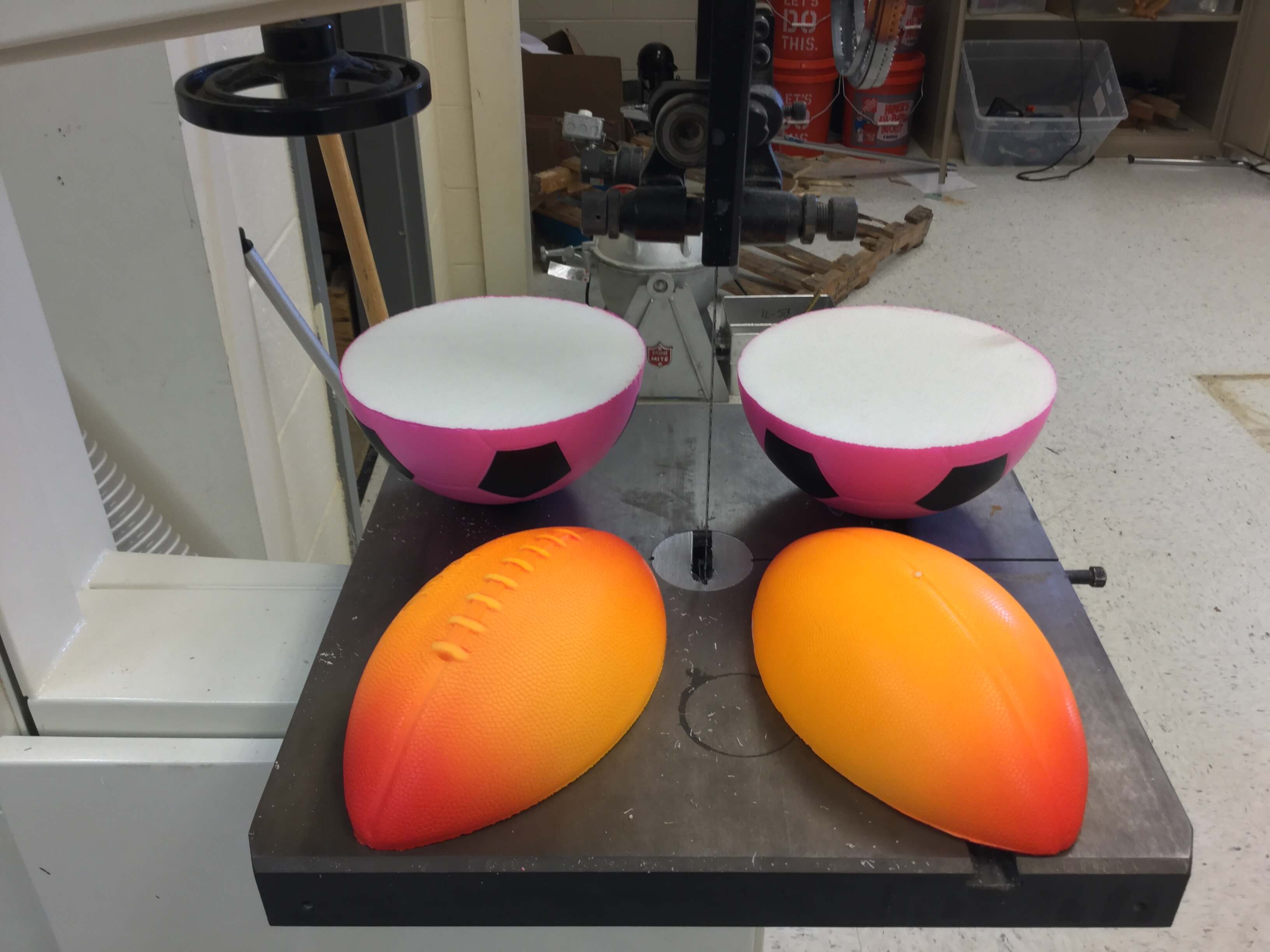
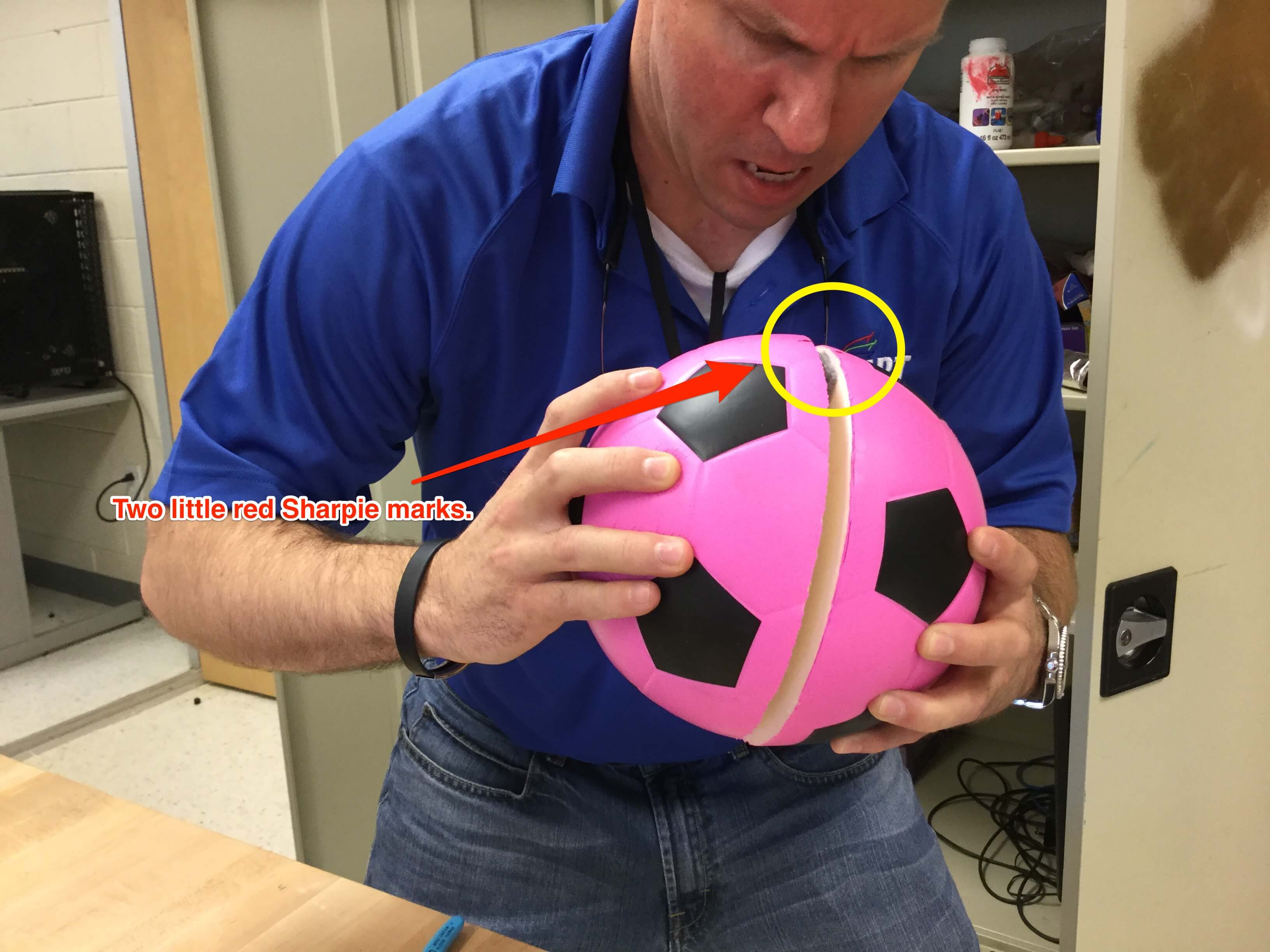
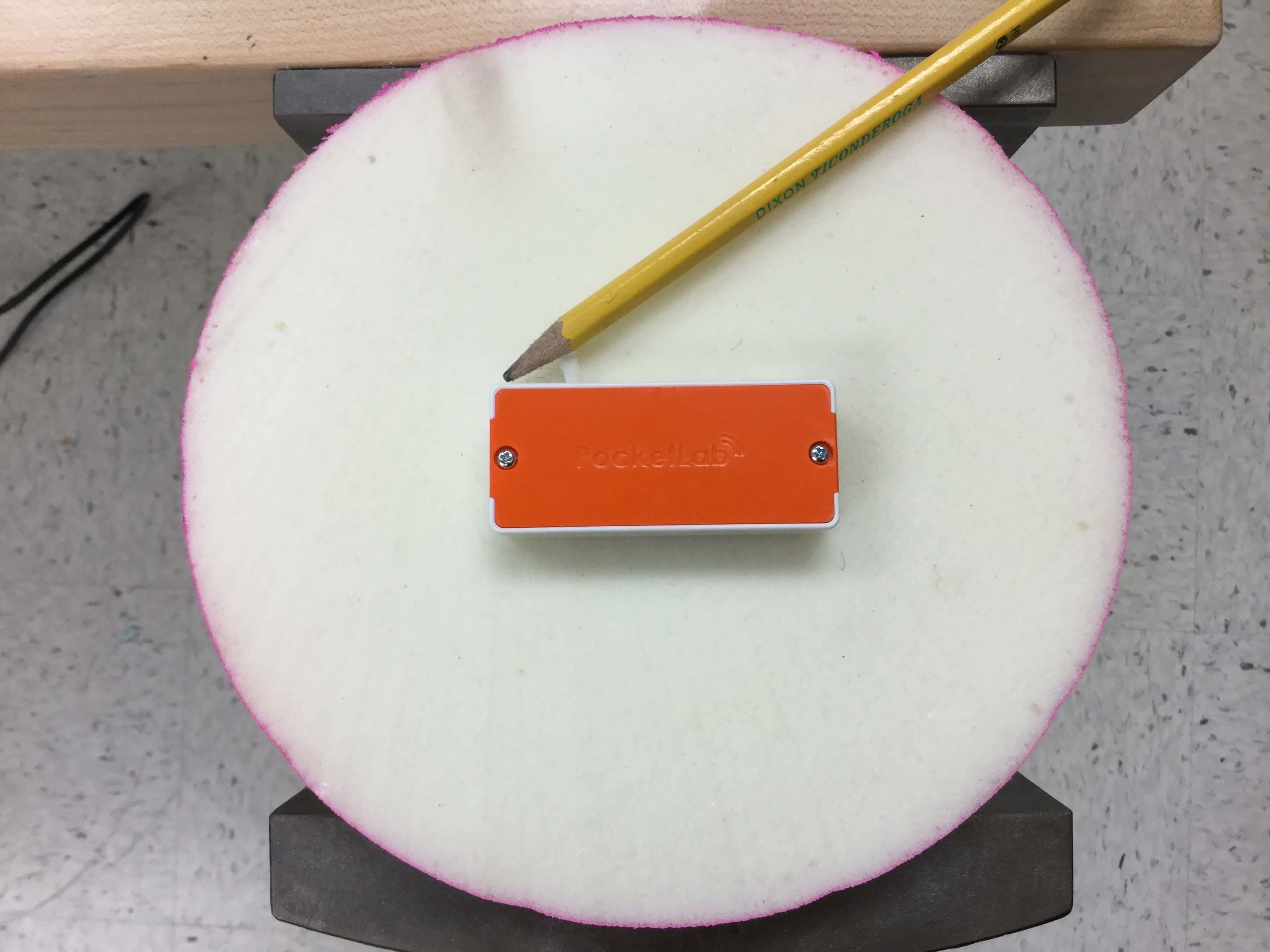
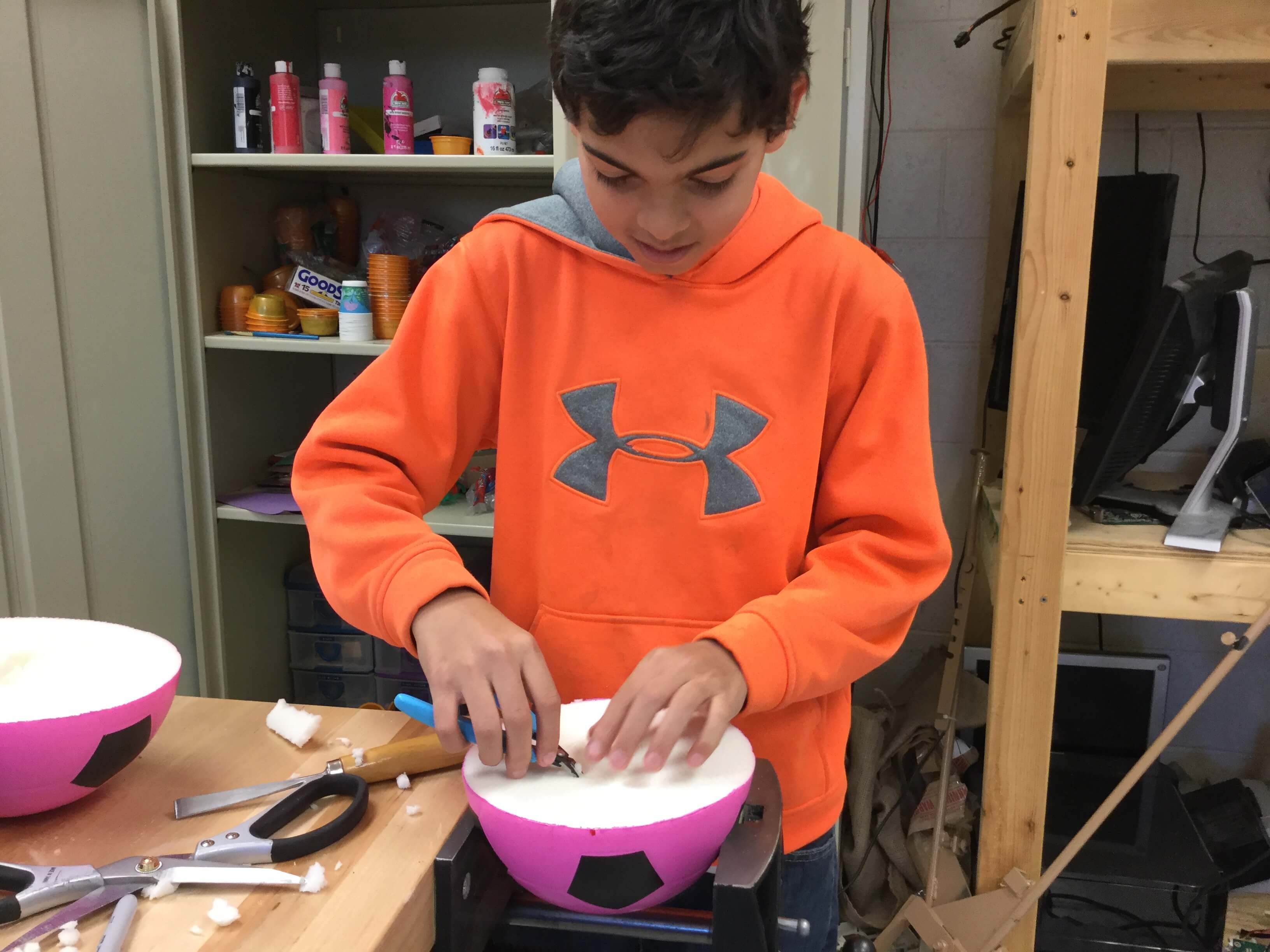
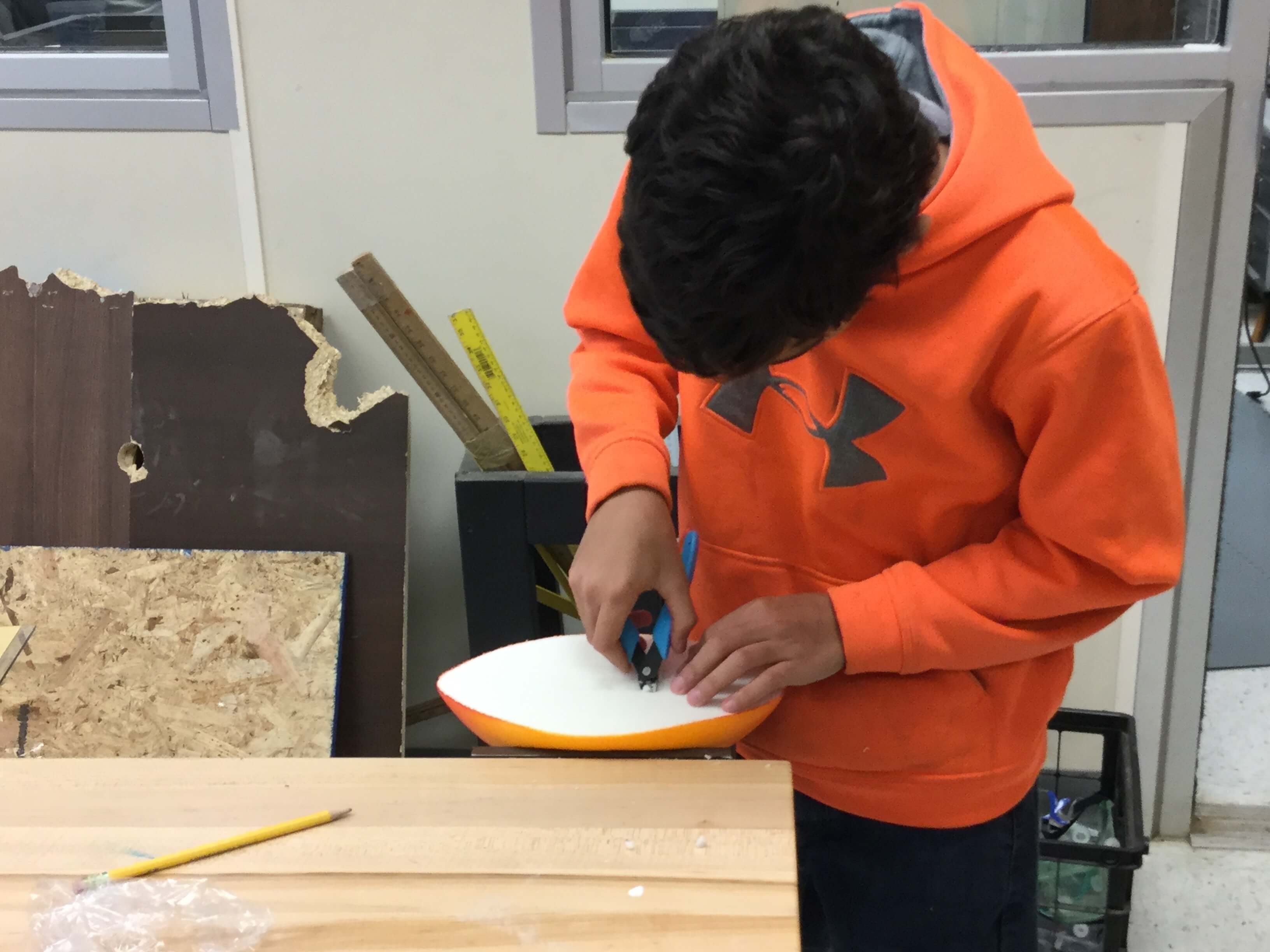
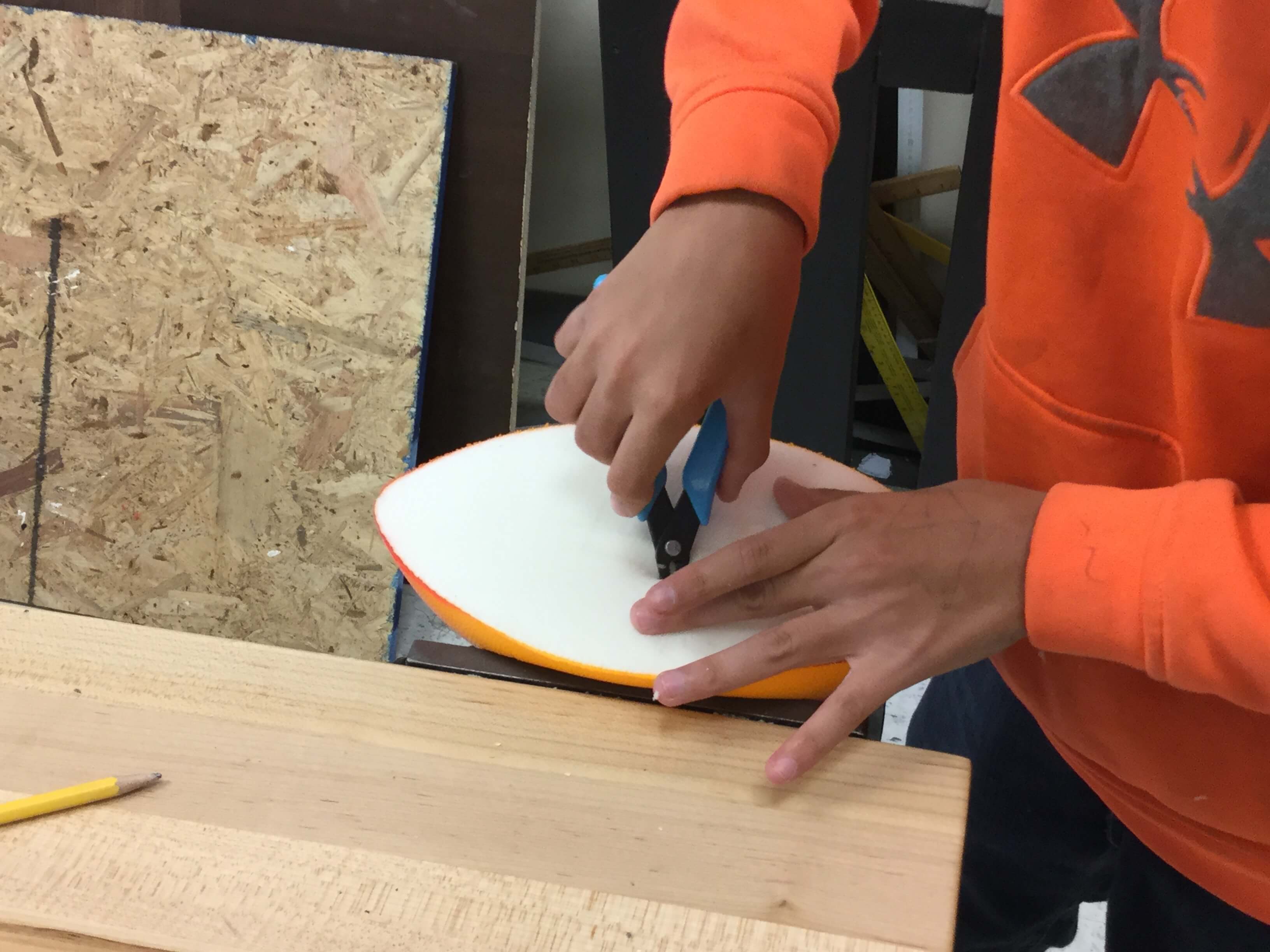
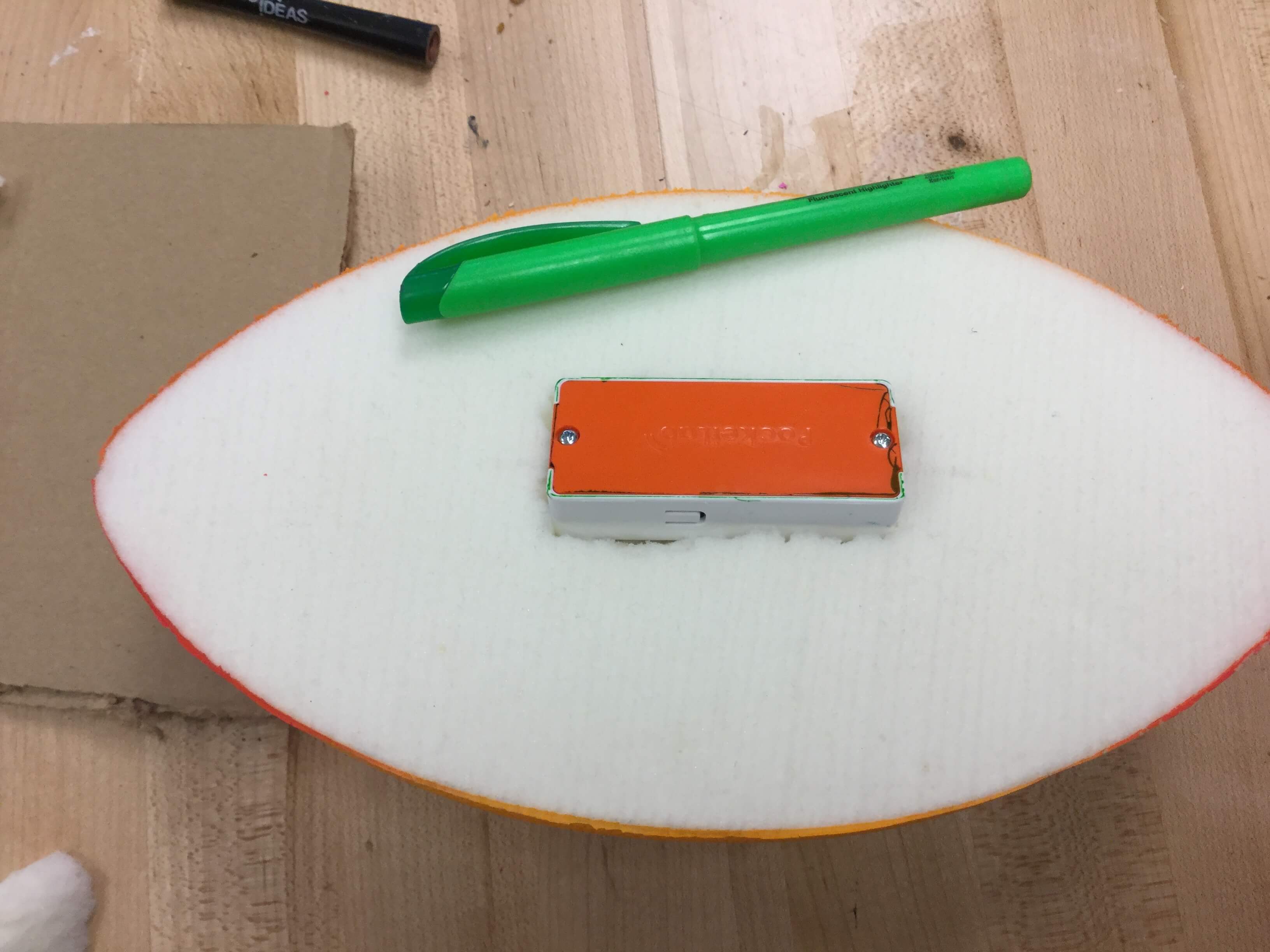
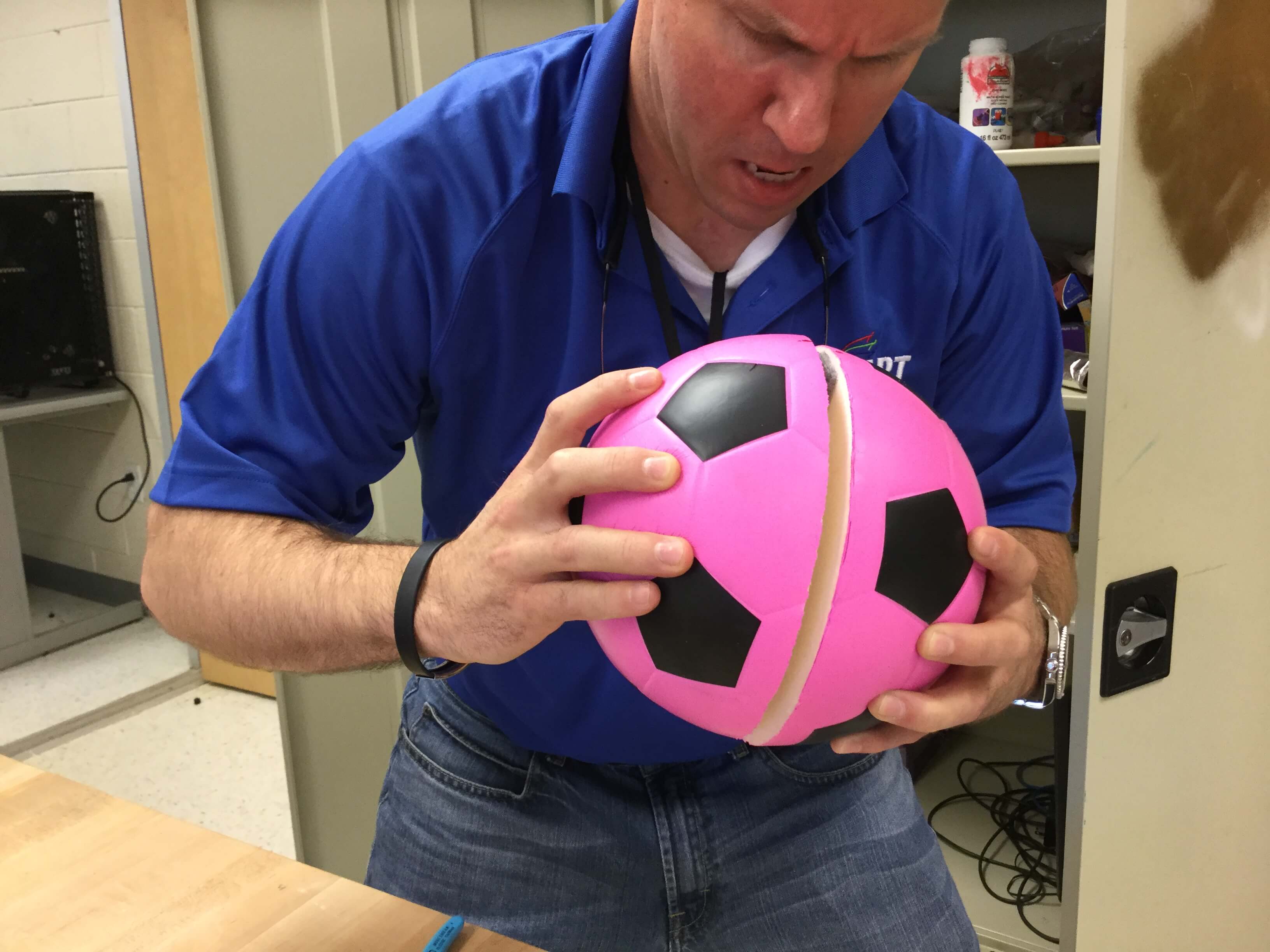
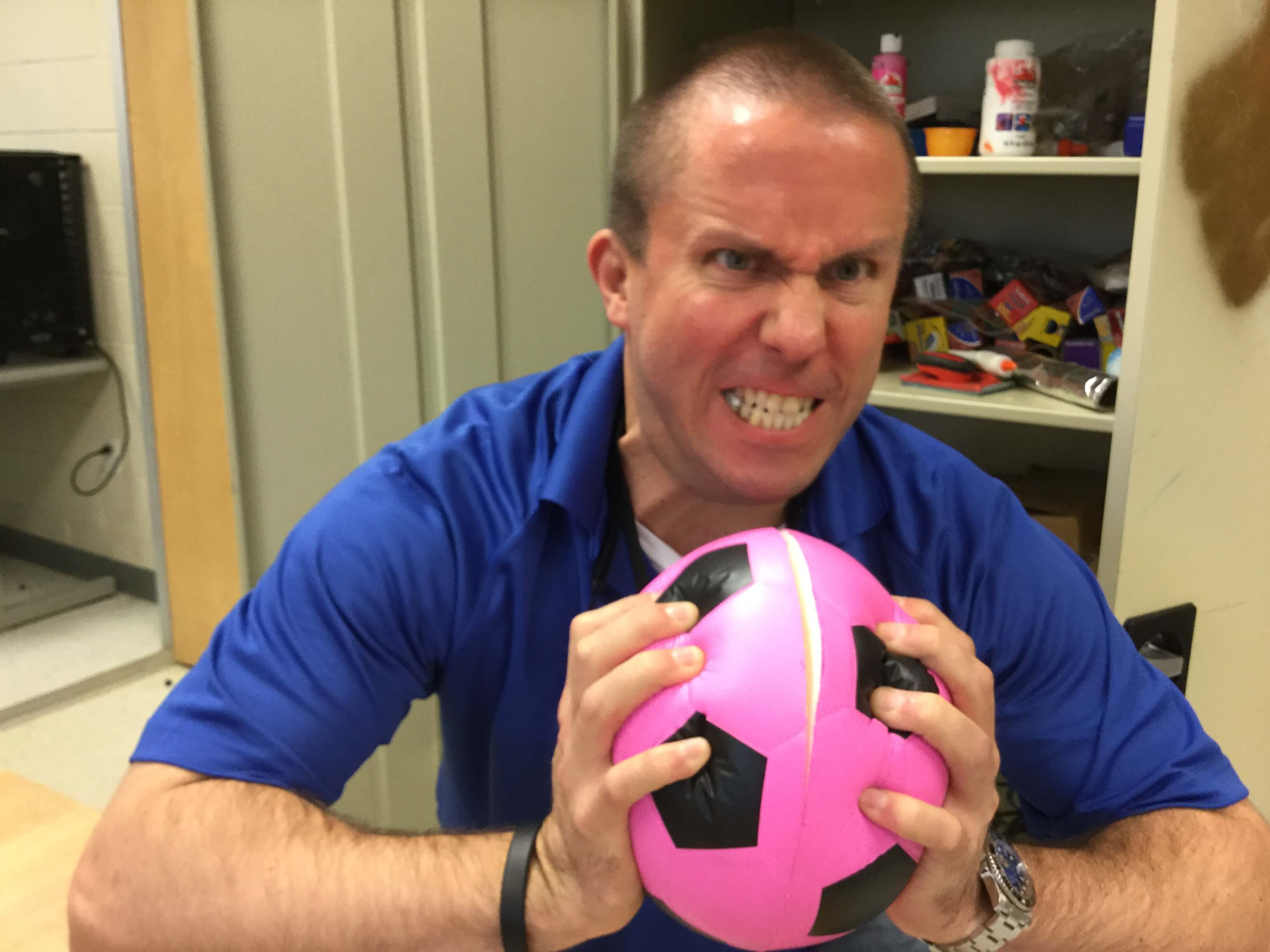
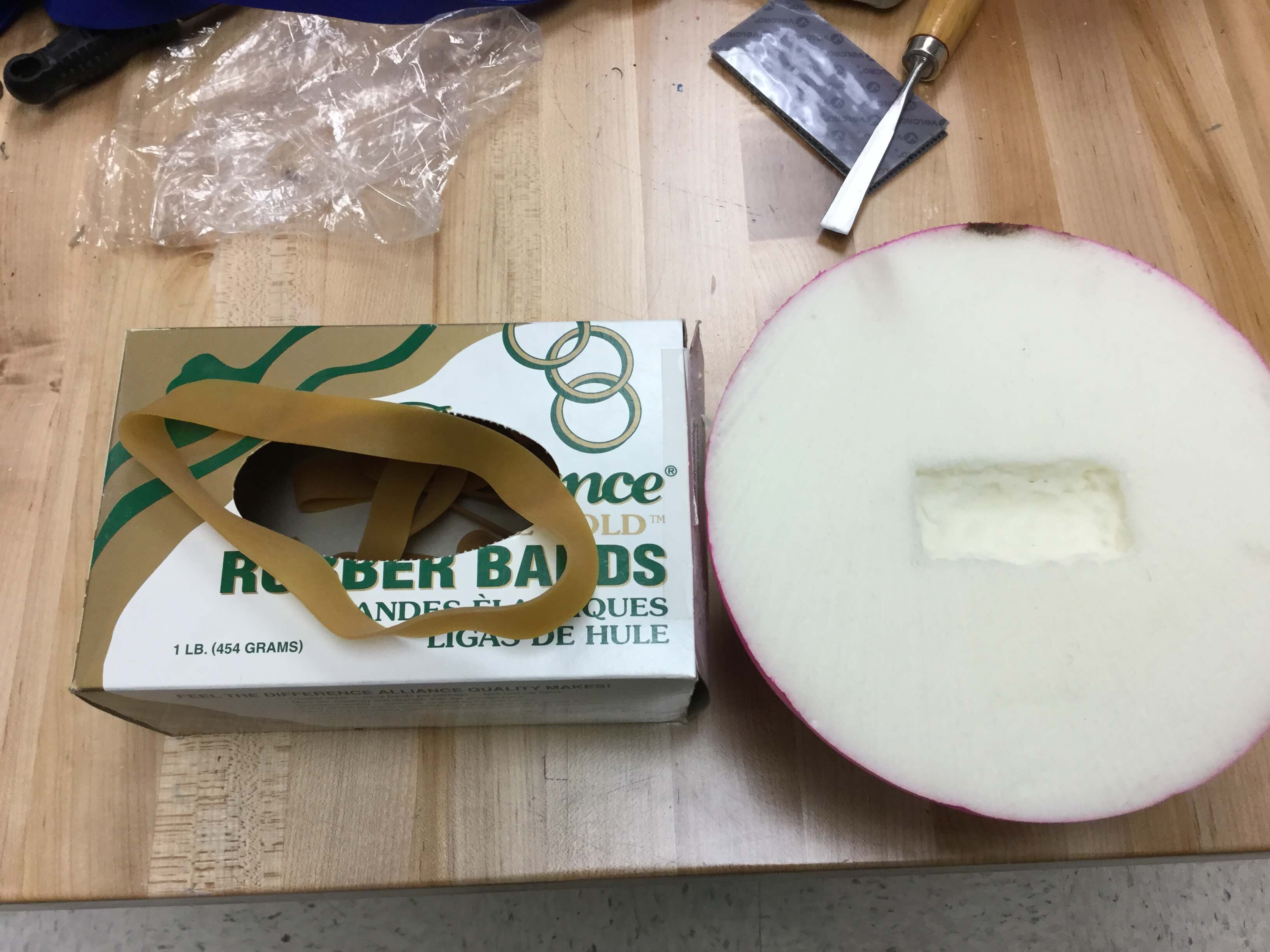
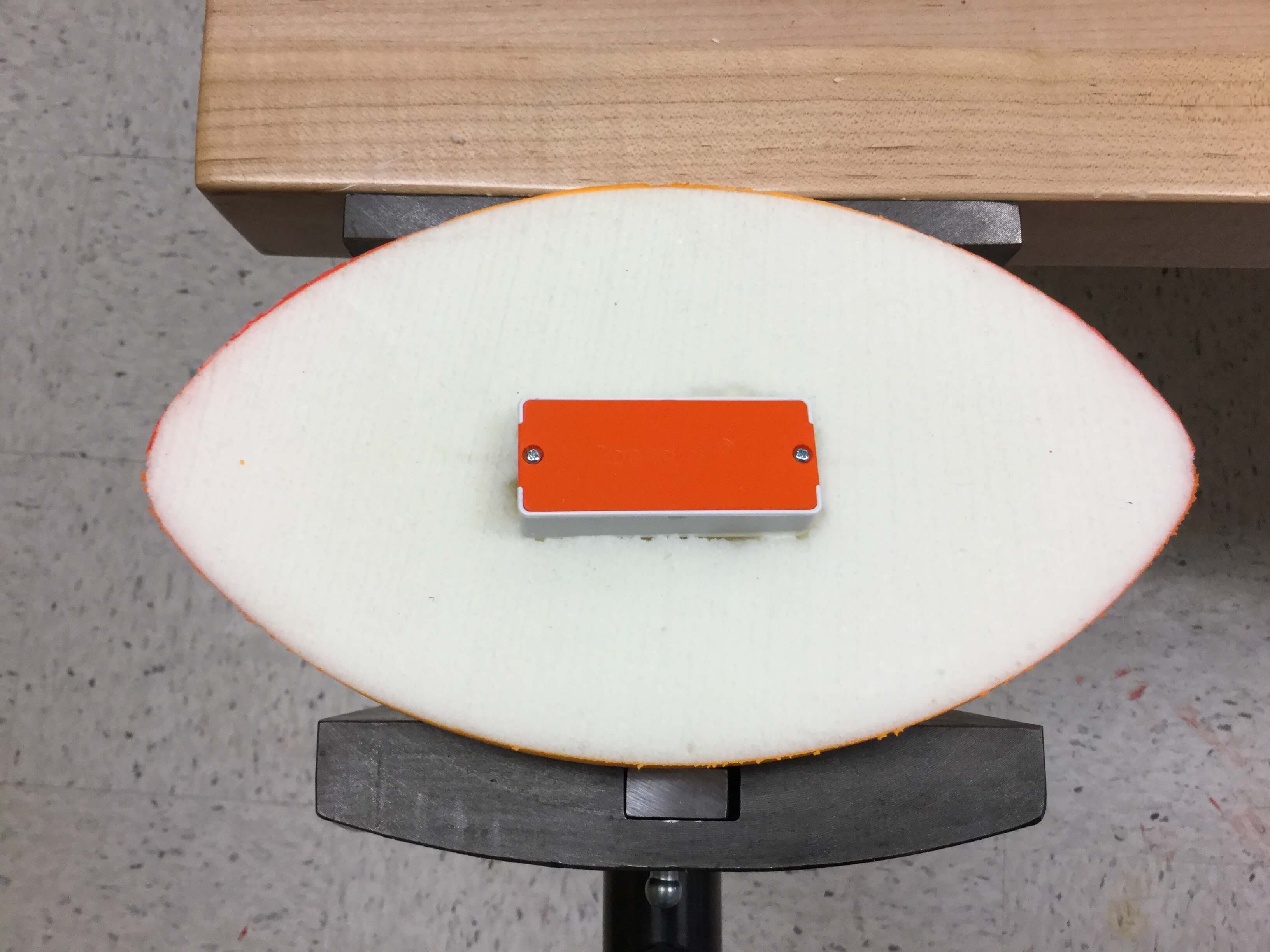
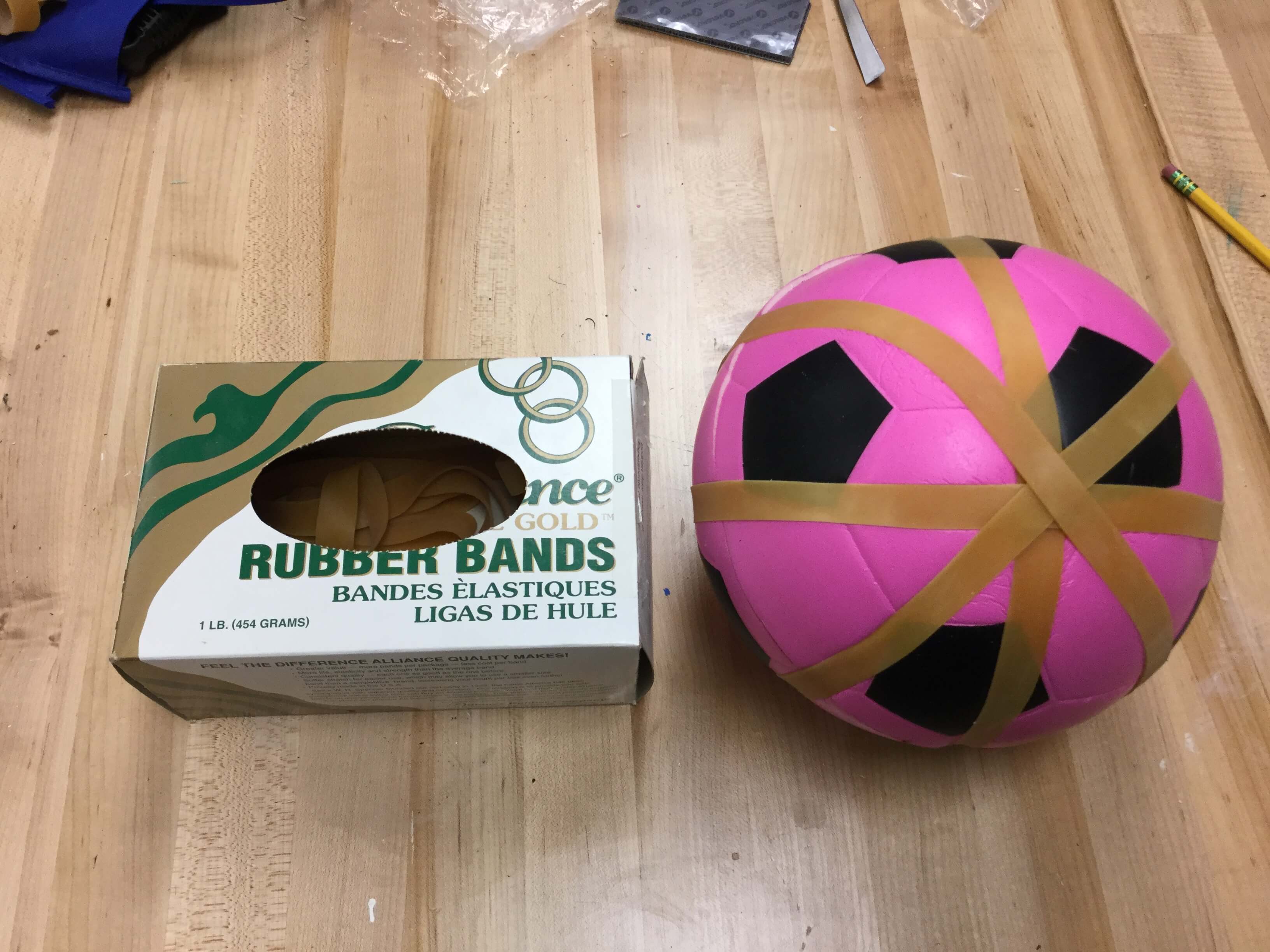
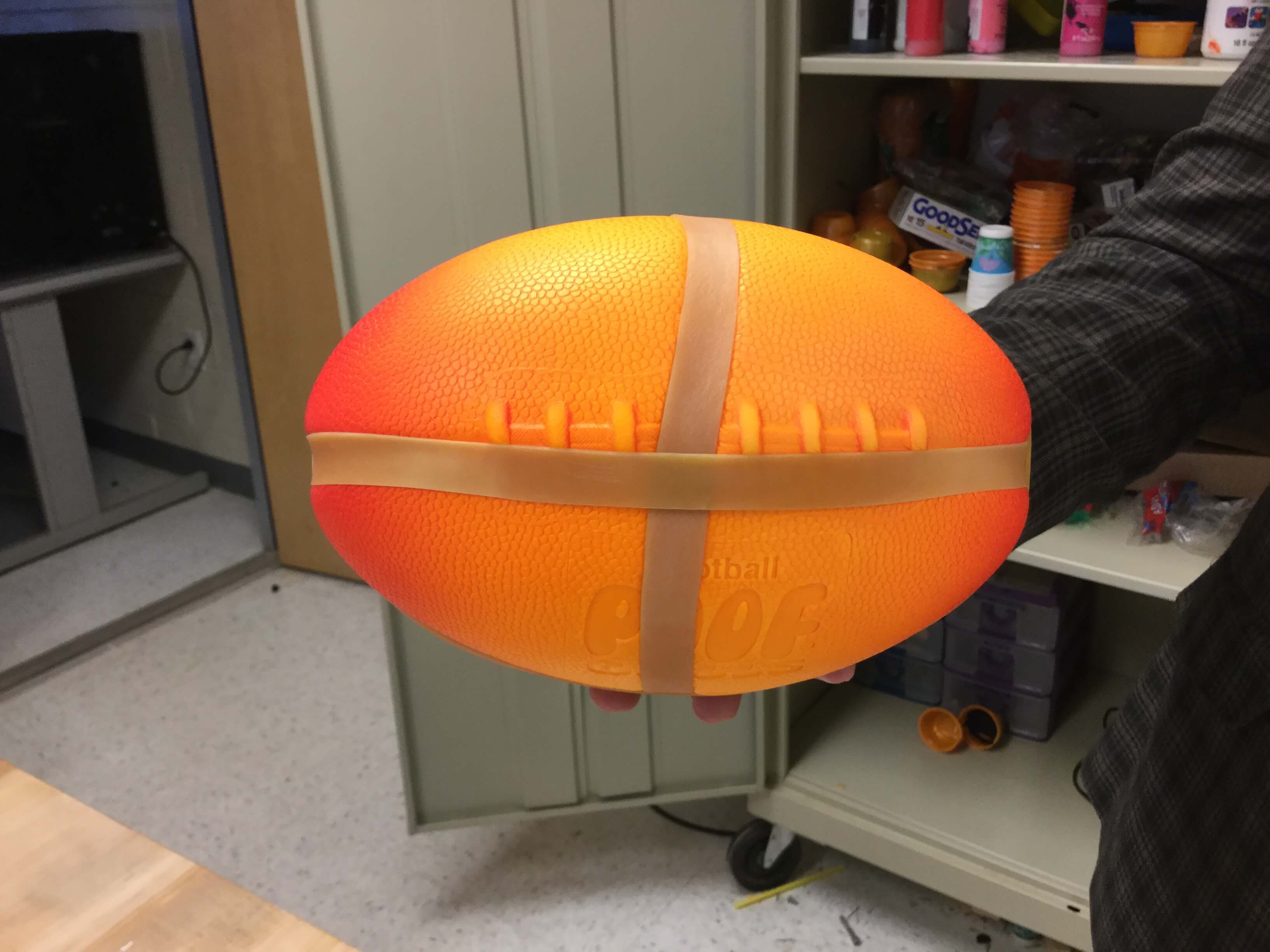
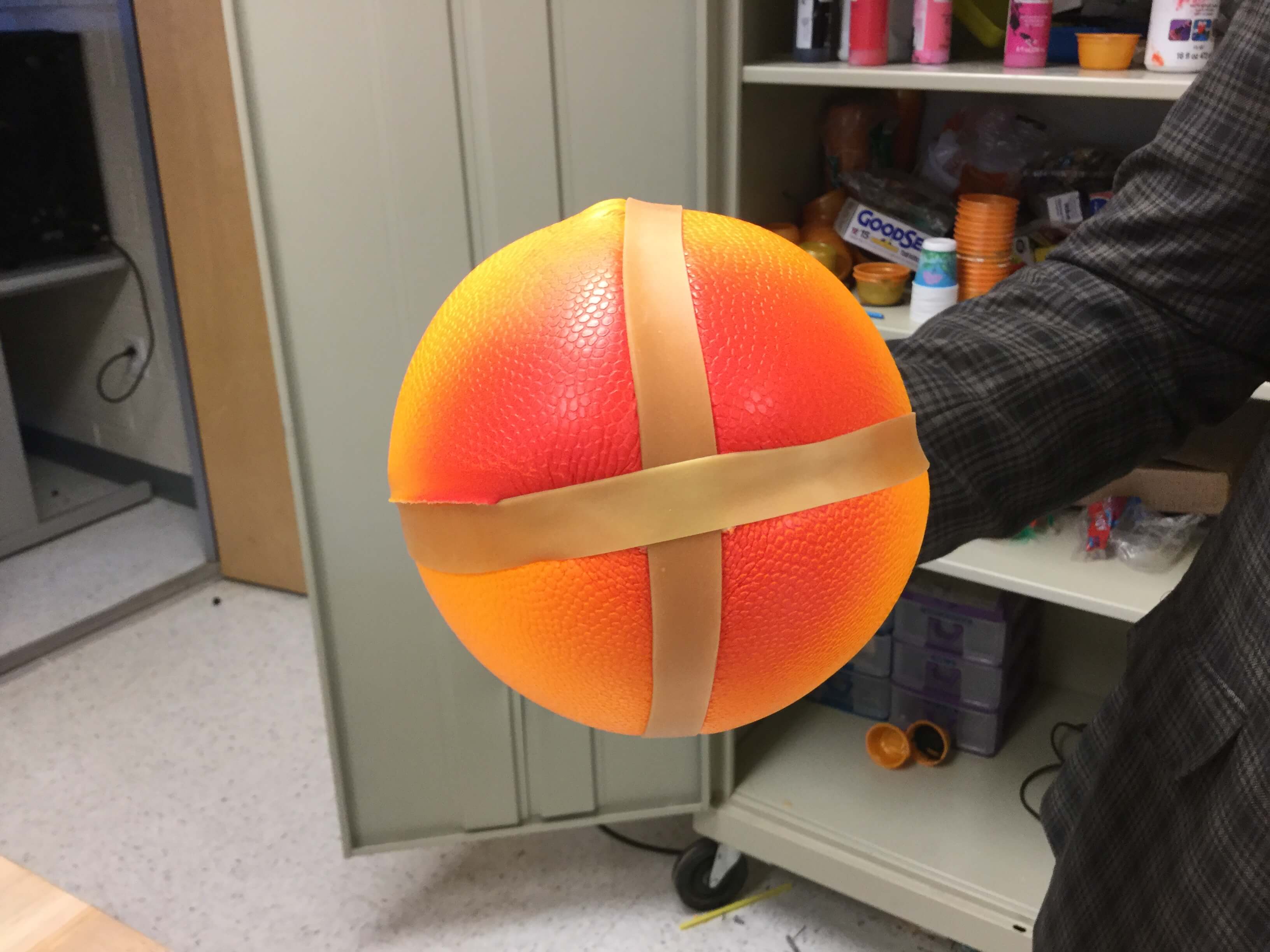
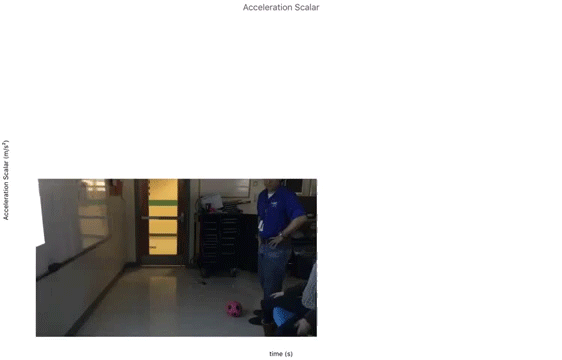

Sorry, the comment form is closed at this time.